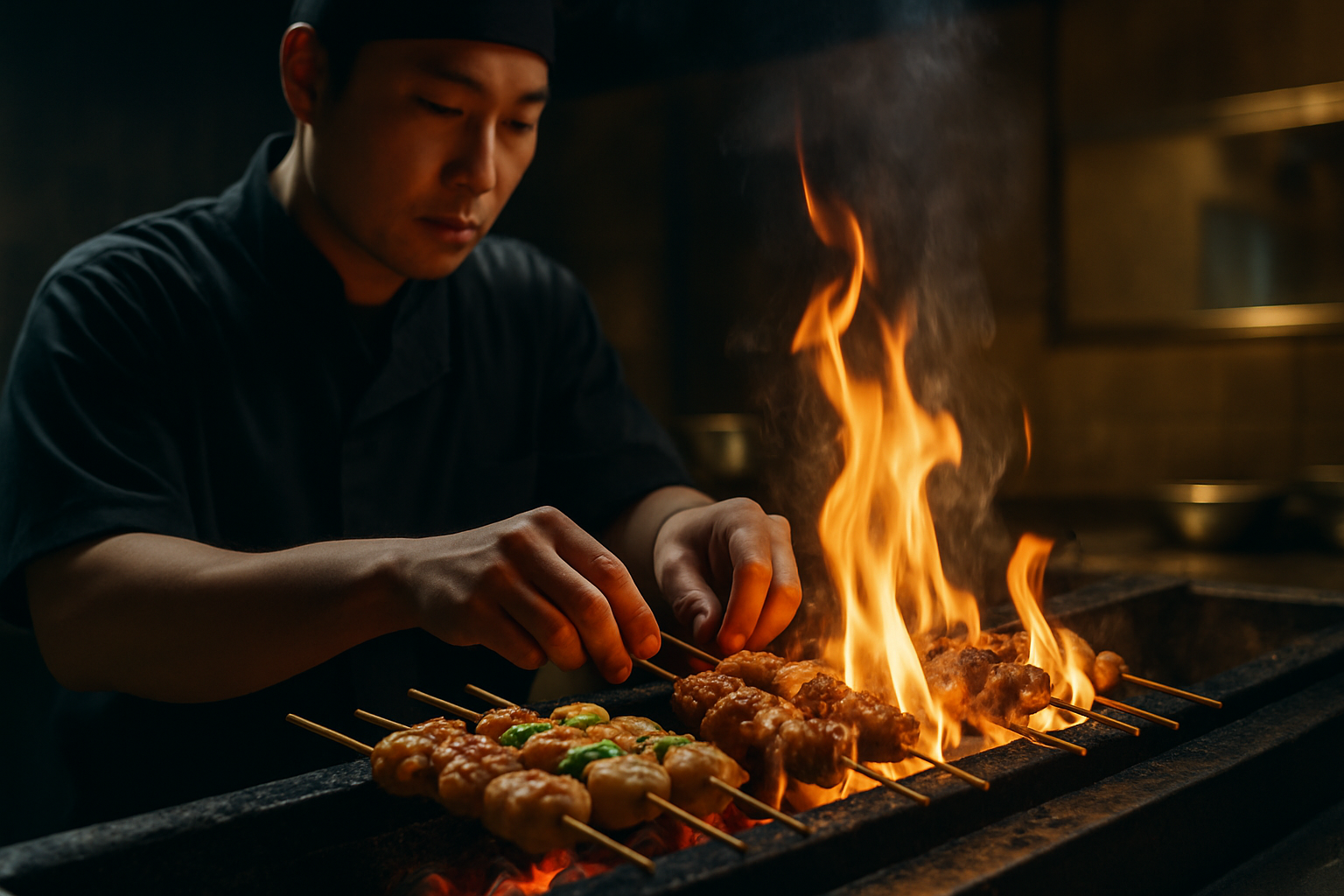Culinary Alchemy: Transforming Ingredients with Smoke
Smoke-infused cuisine is taking the culinary world by storm, elevating dishes with complex flavors and aromas. From smoked cocktails to desserts, this versatile technique is pushing boundaries and redefining traditional cooking methods. Join us as we explore the art of smoke in gastronomy, uncovering innovative applications and tantalizing taste experiences.

The type of wood used for smoking plays a crucial role in the final flavor profile. Different woods impart distinct characteristics: hickory offers a strong, bacon-like flavor, while applewood provides a subtle sweetness. Chefs are now experimenting with unconventional smoking materials like hay, tea leaves, and even pine needles to create unique flavor combinations.
Beyond the Barbecue: Innovative Smoking Techniques
While traditional smoking methods involve outdoor smokers or grills, modern chefs are bringing smoke indoors with innovative tools and techniques. Handheld smoking guns allow for precise application of smoke to finished dishes, cocktails, and even individual ingredients. This method, known as cold smoking, adds flavor without cooking the food, making it ideal for delicate items like cheese, butter, or raw fish.
Another emerging technique is liquid smoke distillation, where smoke is captured and condensed into a liquid form. This concentrated essence can be used to add smoky notes to sauces, marinades, and even baked goods. Some adventurous chefs are even experimenting with smoke-infused oils and salts, creating versatile ingredients that can add depth to any dish.
Smoked Cocktails: A New Frontier in Mixology
The trend of smoke-infused beverages is rapidly gaining popularity in bars and restaurants worldwide. Mixologists are using smoke to add complexity and visual appeal to classic cocktails. The Old Fashioned, for example, takes on a new dimension when infused with cherrywood smoke, while a smoked Bloody Mary offers a savory twist on the brunch favorite.
Innovative bartenders are also creating smoke-infused syrups and bitters, allowing for more subtle and consistent smoky flavors in drinks. Some are even experimenting with smoking ice cubes, which slowly release smoky notes as they melt, creating an evolving flavor profile throughout the drinking experience.
Sweet Smoke: Desserts Get a Savory Twist
Traditionally associated with savory dishes, smoke is now making its way into the world of desserts. Pastry chefs are incorporating smoky elements to balance sweetness and add depth to their creations. Smoked chocolate truffles, for instance, offer a complex flavor profile that combines rich cocoa with subtle woody notes.
Ice cream, too, is getting the smoke treatment. Flavors like smoked vanilla and maple bacon are pushing the boundaries of traditional dessert expectations. Even fruit-based desserts are benefiting from a touch of smoke, with smoked peach cobbler and grilled pineapple sundaes becoming popular summer treats.
Health Considerations and Future Trends
As with any cooking method, moderation is key when it comes to smoked foods. While the occasional smoked dish can be part of a balanced diet, excessive consumption of smoked meats has been linked to increased health risks. However, the application of smoke to vegetables, fruits, and plant-based proteins offers a healthier alternative that doesn’t compromise on flavor.
Looking to the future, we can expect to see more refined and targeted use of smoke in cuisine. Chefs are already experimenting with molecular gastronomy techniques to create smoke-infused foams, gels, and powders. As our understanding of smoke’s chemical properties grows, so too will our ability to harness its flavor-enhancing potential in new and exciting ways.
Smoky Wisdom: Tips and Tricks
• For home smoking, start with mild woods like apple or cherry before moving to stronger options like hickory or mesquite.
• When cold smoking, ensure your food is kept below 90°F (32°C) to prevent bacterial growth.
• Experiment with smoking unexpected ingredients like butter, eggs, or even ice cream base for unique flavors.
• Use a smoking gun to add a last-minute smoky touch to dishes without altering their texture.
• Balance smoky flavors with acidity (like citrus) or sweetness to create a well-rounded dish.
• Try tea smoking: use different tea leaves to impart subtle, aromatic smoke flavors to delicate foods.
In conclusion, the art of culinary smoking is evolving far beyond traditional barbecue techniques. From innovative cocktails to surprising desserts, smoke is adding depth and complexity to dishes across the culinary spectrum. As chefs and home cooks continue to experiment with this versatile technique, we can look forward to a future filled with exciting new flavor combinations and gastronomic experiences. So, whether you’re a seasoned pitmaster or a curious foodie, it’s time to embrace the smoke and let your culinary creativity soar.





